News
Immersive cultural, tourism activities on the rise across China
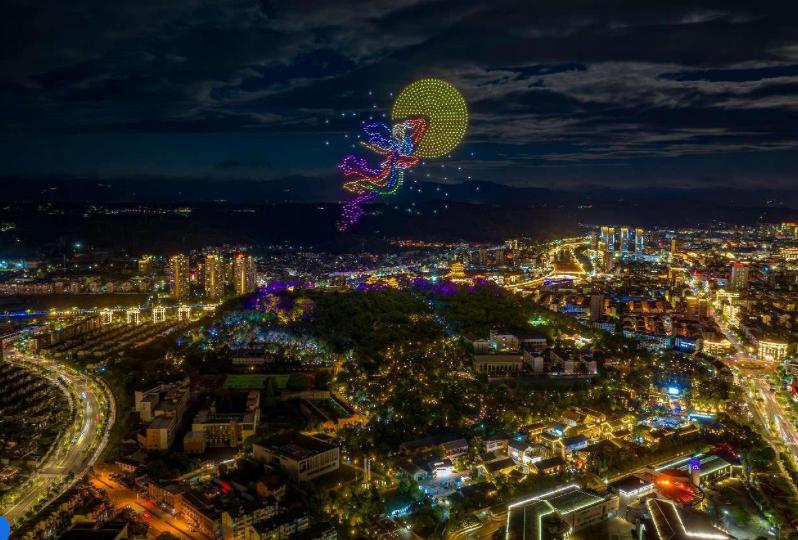
Immersive cultural, tourism activities on the rise across China
By Wang Ke, People’s Daily
In the Jingyuetan scenic spot in Changchun, northeast China’s Jilin province, a fountain show captivated many tourists. In the center of a square, Chen Jiamin, a tourist from Heilongjiang province, which neighbors Jilin, was posing for photos with the performers of the fountain show.
“Every few steps, there’s a new activity to experience. I’m so immersed in the Mid-Autumn Festival atmosphere here,” Chen said.
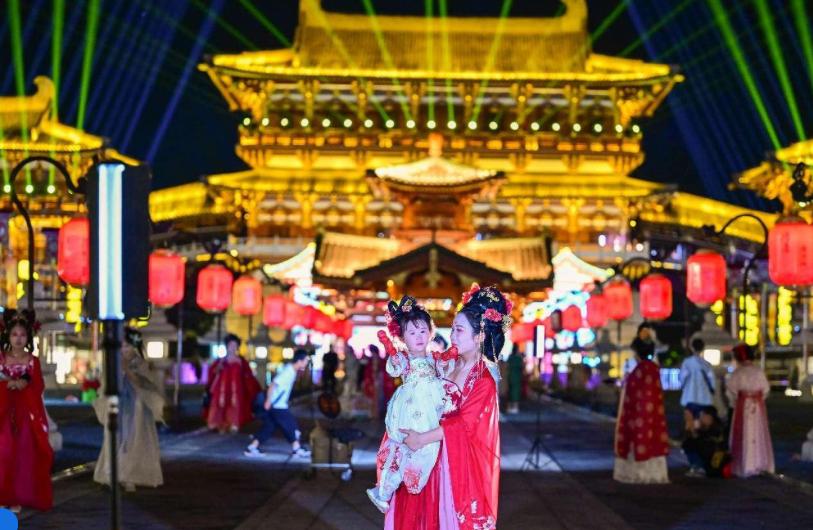
Focusing on traditional customs and creating immersive experiences, various regions across China actively introduced new cultural and tourism products, models, and consumption scenes during the recent Mid-Autumn Festival holiday, to better meet the diverse needs of consumers.
According to data from the Ministry of Transport, on Sept. 15, the first day of the holiday, Some 215.92 million passenger trips were handled by China’s transportation sectors, up 37.9 percent year on year.
This year, China’s tourism market has steadily rebounded, with immersive experiences powered by smart technology becoming a new trend. Leveraging diverse settings like scenic spots, museums, and pedestrians, and incorporating technologies such as artificial intelligence, holography, and augmented reality, immersive tourism has introduced new products, scenes, and experiences, enriching people’s travel options and contributing to the high-quality development of the tourism industry.
In a smart tourism immersive experience hall at a tech and art museum in Pingyao ancient city, north China’s Shanxi province, a light show is staged to present the charm of traditional culture to visitors. The light show employs 16 projectors, which project historical scenes onto a massive hemispherical screen, creating a “time travel” experience for visitors and “transporting” them to historical sites and ancient trade routes where camel bells ring.
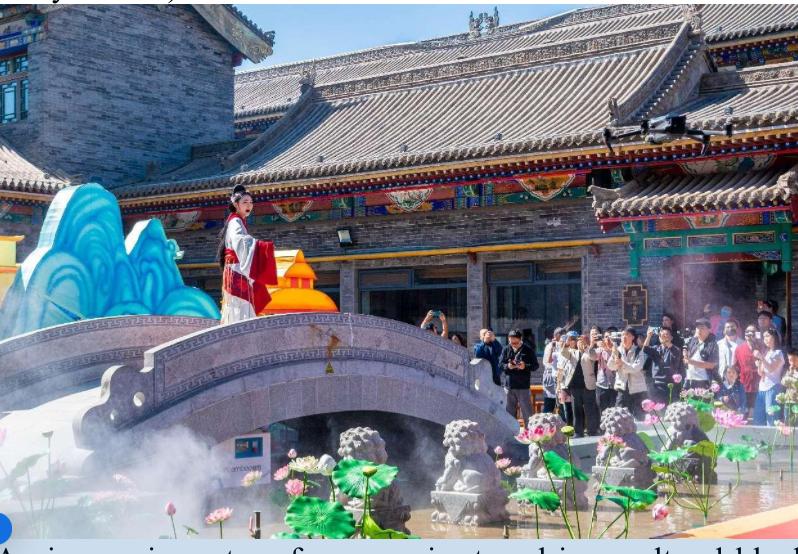
The “Land of Dramas” immersive theater complex in Zhengzhou, central China’s Henan province saw over 4 million visits this summer. With 56 chessboard-like courtyards, 21 sub-theaters and 6,500 plays, it presented a cultural feast to tourists.
“There is always something different here. Every visit brings new feelings and experiences,” said Li Yi, a local resident in Zhengzhou.
Chen Hong, deputy director of the Key Laboratory of Interactive Technology and Experience System under the Ministry of Culture and Tourism at Beijing University of Posts and Telecommunications, noted that compared to conventional static displays, immersive tourism, enhanced by technology, provides a more comprehensive interpretation and expression of culture. This better satisfies the evolving needs of tourists for cultural experience while opening up new market opportunities, Chen added.
This summer, immersive experience programs incorporating virtual reality (VR) technology have blossomed across the country. According to statistics released by on-demand local services provider Meituan, the number of orders for VR experience programs during the summer surged by 144 percent year on year, and the search volume for “immersive experiences” saw a significant rise, with consumers under 30 accounting for more than half of the demand.
An immersive party event hosted at the Yellow Crane Tower, a renowned historical site in Wuhan, central China’s Hubei province, has attracted a number of foreign visitors. The party features a unique cultural blend of Eastern and Western music, clothing, crafts, and cuisines, creating a vibrant cultural feast that builds a bridge of friendship between East and West.
Zeng Bowei, a professor at Beijing Union University, divides the current immersive experience programs in the cultural and tourism market into two types.
The first includes independently operated immersive products, such as Sleep No More Shanghai, which blends theater with immersive experience.
The second type enhances visitors’ immersive experiences by integrating new technologies with performances, facilities, and activities at scenic spots, such as a light show at Slender West Lake in Yangzhou, Jiangsu province, and the Flight Theater in Changbai Mountain, Jilin province, which simulates a flight over the mountain.
According to the Specialized Committee of Immersive Smart Tourism of the China Culture and Entertainment Industry Association, immersive tourism experiences characterized by high-tech and creative content, as well as strong interaction, are particularly popular with tourists, especially the younger generation. These immersive programs have become a new hotspot in China’s cultural and tourism consumption market.
An expert stressed that while technology is a tool, it is the inherent resources and cultural appeal of a destination or activity that are key to retaining visitors. Tailoring digital technology to align with local cultural and tourism resources is crucial for creating successful immersive products, the expert added.
An immersive Tang-style cultural block in Xi’an, northwest China’s Shaanxi province has launched several cultural and tourism activities this summer, including a carnival co-launched with popular online game Westward Journey, which attracted significant attention from tourists, especially younger audiences. With these events, the cultural block saw over 7,000 visits per day this summer.
Immersive cultural, tourism activities on the rise across China
News
Bandit kill police operative, cart away service weapon in Bukuyum in Zamfara

Bandit kill police operative, cart away service weapon in Bukuyum in Zamfara
By: Zagazola Makama
A mobile police operative attached to Operation Restore Peace has been killed in an ambush by armed bandits in Adabka village, Bukkuyum Local Government Area of Zamfara State.
Zagazola Makama gathered that the incident occurred on Tuesday at about 11:44 a.m. when the officer, deployed from Mopol 15, Ilorin, left his duty location in Adabka en route to Tibis village to purchase essential supplies.
Security sources in Bukkuyum told Zagazola that the operative was attacked at the outskirts of Adabka by armed bandits concealed in the surrounding bushes.
The attackers reportedly opened fire on the officer, killing him instantly before carting away his service riot gun.
“Field teams deployed to the scene recovered the body of the fallen operative, which was evacuated to Adabka Primary Health Care Centre for documentation,” the source said.
Sources said that the mode of attack aligns with operational tactics used by bandit factions linked to the Dan-Karama Gwaska and Dansadau networks, known for precision ambushes and rapid withdrawal.
Bandit kill police operative, cart away service weapon in Bukuyum in Zamfara
News
GSU’s Public Administration Dept hosts maiden int’l conference
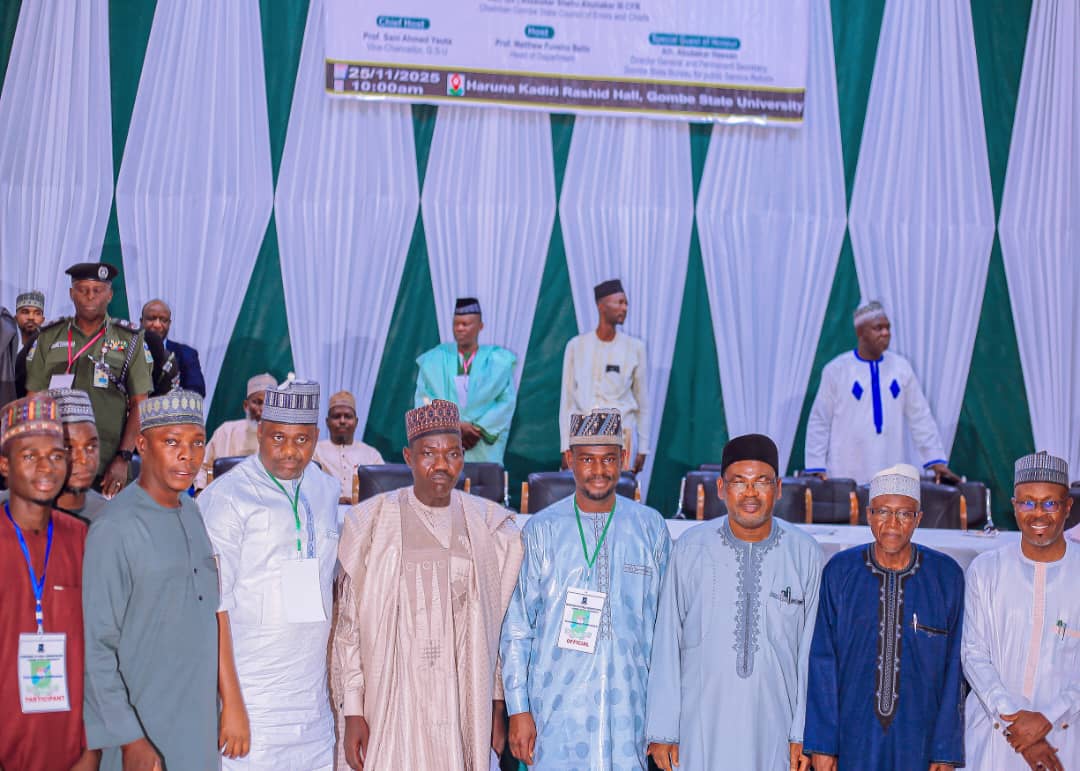
GSU’s Public Administration Dept hosts maiden int’l conference
Stakeholders comprising academics, policymakers, security experts and public-sector practitioners have deliberated ways of tackling insecurity in the country through a multi-faceted approach that includes economic empowerment, improved governance, and enhanced security cooperation.
They made the submission during the maiden International Conference organised by the Department of Public Administration, Gombe State University (GSU).
The conference was declared open on Tuesday by Prof. Sani Ahmed Yauta, the Vice Chancellor of the institution who stated that any engagement aimed at proffering solutions to the security challenges of the country was an engagement borne out of the need to fast-track national development and stability.
Represented by the Deputy Vice Chancellor (Administration) Prof. Danladi Umar, Yauta urged participants to leverage the conference to contribute to ongoing efforts at addressing security challenges so as to enhance peace and development in the country.
In his keynote address, Prof. Ibrahim Abubakar Njodi, Secretary to the Gombe State Government, linked good governance to enhanced security and national development.
Njodi stressed that good governance remained a critical tool to earning citizens’ trust needed to maintain peace and to strengthen development across the country.
He stated that discourse around Nigeria’s governance had become imperative in view of the current security challenges confronting the nation and threatening national development.
He stressed the need for subnational governments to drive national development, adding that they have massive roles to play in determining Nigeria’s progress.
“It is the aggregation of subnational experiences—state successes and failures—that ultimately determines Nigeria’s trajectory.”
Njodi cited the Gombe State governance model and how it had contributed to improvement in human capital development as well as the development of the state and therefore resulting in the peaceful status that the state had enjoyed under Gov Inuwa Yahaya of Gombe State’s leadership.
“The state’s development trajectory under Gov. Yahaya offers a practical demonstration of how visionary leadership, institutional innovation and participatory governance can transform a subnational entity within Nigeria’s federal system.
Speaking earlier, the Head of Public Administration Department, Prof. Matthew Funsho Bello, described the event as historic for both the department and the university.
Bello said that the conference’s theme, “Governance, Insecurity and National Development in Nigeria: Issues and Challenges,” was timely given the complexities of the nation’s socio-economic and security challenges.
“This gathering of distinguished scholars, public-sector experts, policymakers and practitioners from across the country marks a major milestone in our collective quest to address the vexing issues affecting our national life,” he said.
According to him, the theme reflects “the urgent need for academia, security agencies and public-sector experts to engage in constructive dialogue on how addressing insecurity and governance can drive sustainable development in Nigeria.
Security experts amongst other professionals made their presentations during the conference which are expected to form part of the recommendations at the end of the two-day event.
Dr Lawal Abdullahi Oladimeji, the Chairman of the Local Organising Committee of the Conference, lauded all participants and invited guests for the success of the maiden event.
Oladimeji said that recommendations from the conference would be given to relevant stakeholders towards enhancing national security and development.
GSU’s Public Administration Dept hosts maiden int’l conference
News
21 villagers abducted in kano communities as Security forces intensify search operation

21 villagers abducted in kano communities as Security forces intensify search operation
By: Zagazola Makama
Twenty-one persons have been abducted by suspected bandits in three villages of Tsanyawa Local Government Area of Kano State.
Zagazola Makama learnt that the coordinated attacks occurred in Sundu, Biresawa and Masaurari villages.
According to community members, two women were taken from Sundu, while five women and two children were abducted at Biresawa.
In Masaurari, nine men and one woman were reportedly seized, bringing the total number of abducted persons to 21 comprising nine men, eight women and two children.
The Police Command in Kano confirmed the attack noting that efforts had been intensified to rescue all victims unhurt.
The sources added that additional operatives had been deployed to the affected axis, while the area was being combed in collaboration with local vigilance groups and other security agencies.
The command assured residents of its commitment to restoring peace and urged the public to provide credible information that could aid ongoing operations.
21 villagers abducted in kano communities as Security forces intensify search operation
-

 News2 years ago
News2 years agoRoger Federer’s Shock as DNA Results Reveal Myla and Charlene Are Not His Biological Children
-

 Opinions4 years ago
Opinions4 years agoTHE PLIGHT OF FARIDA
-

 Opinions4 years ago
Opinions4 years agoPOLICE CHARGE ROOMS, A MINTING PRESS
-
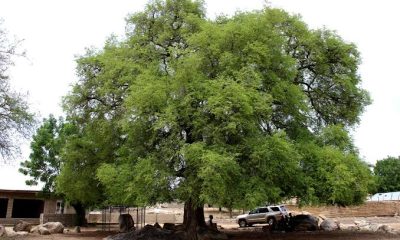
 News2 years ago
News2 years agoEYN: Rev. Billi, Distortion of History, and The Living Tamarind Tree
-

 News7 months ago
News7 months agoFAILED COUP IN BURKINA FASO: HOW TRAORÉ NARROWLY ESCAPED ASSASSINATION PLOT AMID FOREIGN INTERFERENCE CLAIMS
-

 ACADEMICS2 years ago
ACADEMICS2 years agoA History of Biu” (2015) and The Lingering Bura-Pabir Question (1)
-

 Columns2 years ago
Columns2 years agoArmy University Biu: There is certain interest, but certainly not from Borno.
-

 Opinions2 years ago
Opinions2 years agoTinubu,Shettima: The epidemic of economic, insecurity in Nigeria





